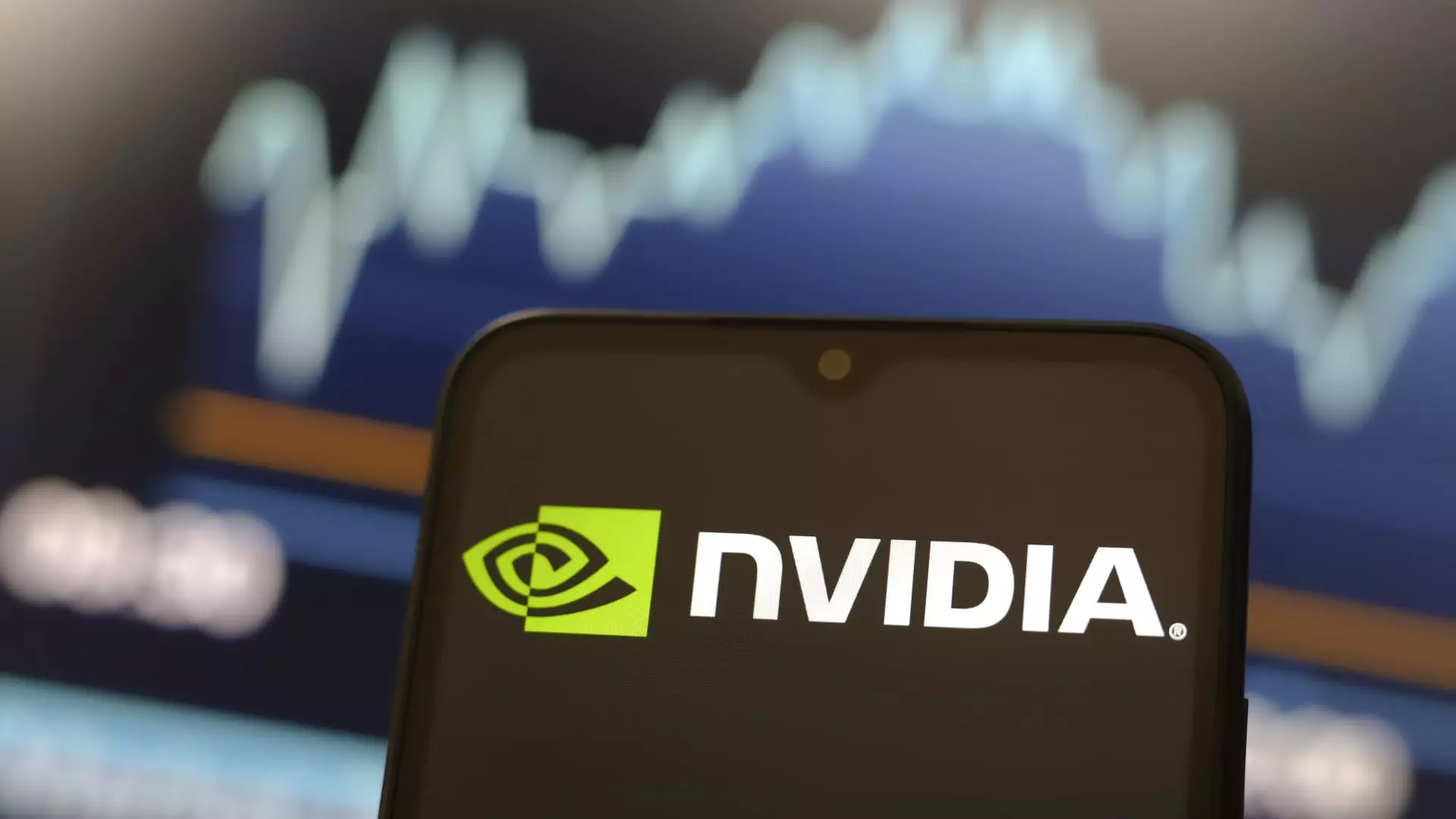Nvidia, a leading player in the artificial intelligence (AI) chip industry, has recently experienced a noticeable decline in its stock prices. Despite the positive momentum of the broader Nasdaq Composite Index, which reached a record high, Nvidia shares have entered correction territory. This situation presents a fascinating study of market dynamics, particularly in the technology sector, where investor sentiment can fluctuate dramatically based on various economic indicators and corporate performance.
In 2023, Nvidia shares skyrocketed, achieving an impressive 166% increase, fueled by the excitement surrounding AI technologies and their applications. The surge followed the widespread adoption of AI, especially after the launch of ChatGPT and the increasing demand for powerful graphics processing units (GPUs) in data centers. However, December has brought a stark contrast, with Nvidia’s stock plummeting 4.5% and currently sitting approximately 11% below its peak value of $148.88 reached just last month.
The concept of a market correction often refers to a decline of 10% or more from recent highs. While such fluctuations can create a sense of unease among investors, it is not uncommon for stocks, especially in a volatile sector like technology, to experience these adjustments. Analysts interpret this drop not just as a sign of a struggling company, but as a potential market rotation where investor attention shifts to other tech giants. This month, Nvidia’s downturn has coincided with an upsurge in shares of other major players, indicating a broader trend within the technology landscape.
Keith Lerner, co-chief investment officer at Truist, notes the essential nature of Nvidia’s chips in the infrastructure of AI due to the heightened demand for such components across various sectors. Nonetheless, his insight points out that even though Nvidia’s technology remains integral to the AI boom, other companies are also reaping benefits, suggesting a diversified investment landscape. The current adjustment in Nvidia’s shares reflects a natural market rotation as investors diversify into stocks with promising growth trajectories beyond Nvidia alone.
The recent underperformance of Nvidia may be indicative of profit-taking behavior creeping into the market. After an exhilarating year marked by continuous growth, investors might be opting to lock in gains from Nvidia’s remarkable run. Furthermore, this shifting sentiment is compounded by technical indicators, which suggest that the stock is at a critical juncture. Analysts from Roth MKM emphasize the critical $125 to $130 price range, asserting that if the stock doesn’t stabilize within this corridor, it may signal troubling trends for both Nvidia and the broader market.
Interestingly, while Nvidia faces challenges, other semiconductor stocks have gained significant traction, highlighting the competitive nature of this sector. Broadcom, for instance, rallied remarkably, increasing approximately 11% on one trading day after revealing strong earnings, propelling their stock into the prestigious $1 trillion market capitalization realm. This shift in momentum to companies like Broadcom illustrates that investors are scouting for the next growth story in technology, elevating stocks that showcase promising earnings and innovation.
Other semiconductor companies also mirrored Broadcom’s success, with Micron Technology, Marvell Technology, and Lam Research showing substantial gains as investors eagerly await earnings announcements. This invigorated performance within the semiconductor space suggests that investors are not only separating from Nvidia but are keenly interested in alternative investments within the tech realm.
As Nvidia’s stock battles with correction dynamics, the scene is set for an exciting narrative in the semiconductor market. Will Nvidia find its footing and rejoin the ranks of rapid growth, or will it continue to slide as a broader rotation occurs? This uncertainty necessitates a close watch not just on Nvidia’s performance but on the strategic maneuvers of its competitors as they seize the moment to capture market share.
While Nvidia’s recent struggles mark a significant moment for the company, they also shed light on the evolving landscape of the technology market. As investors reevaluate their holdings, the entire semiconductor industry may emerge reshaped in the wake of these developments, ushering in an era of diversified investments and strategic growth opportunities.

